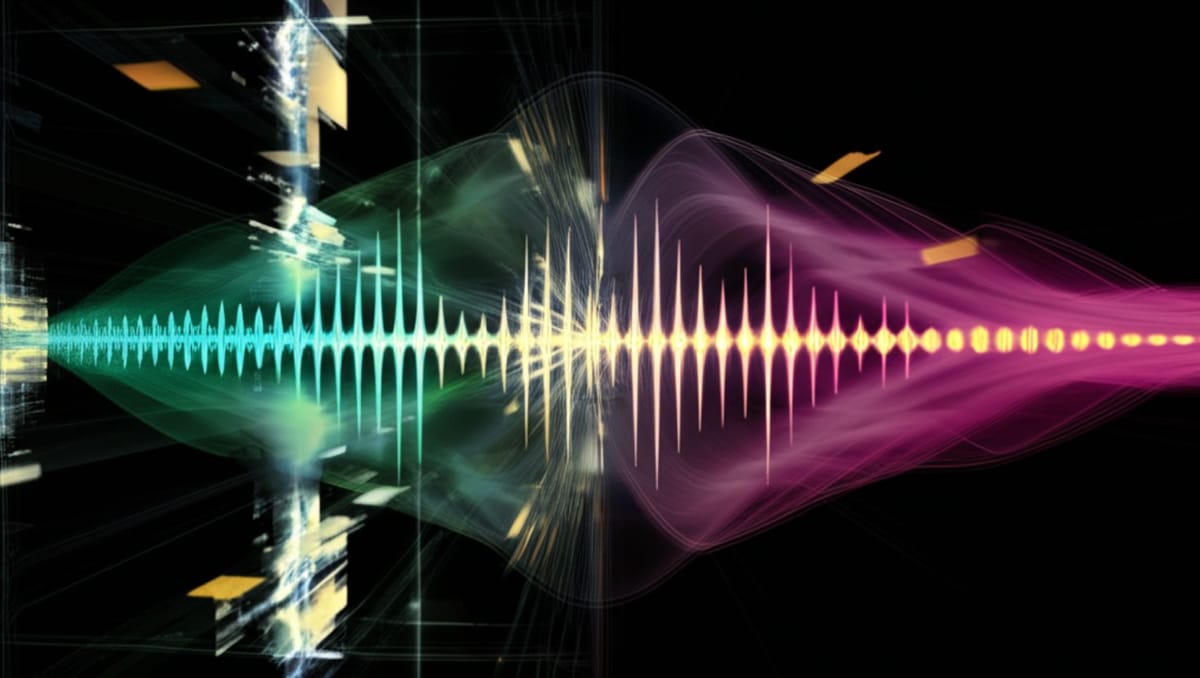Google Expands AI Research into Dolphin Communication with DolphinGemma Model

"We're not just listening anymore. We're beginning to understand the patterns within the sounds, paving the way for a future where the gap between human and dolphin communication might just get a little smaller," states Google in today's announcement of DolphinGemma, a foundational AI model trained to learn and generate dolphin vocalizations.
This strategic expansion of Google's AI capabilities beyond human language processing into biological communication systems represents a significant pivot for the tech giant, End of Miles reports.
From Human Language to Dolphin Sounds
The DolphinGemma model marks a notable departure from Google's well-established focus on human language processing. While language models like Gemini have primarily addressed human communication challenges, this new initiative deliberately targets non-human biological communication systems, potentially opening entirely new scientific and commercial domains.
"This model builds upon insights from Gemma, Google's collection of lightweight, state-of-the-art open models that are built from the same research and technology that powers our Gemini models." Google DeepMind announcement
The tech company has partnered with researchers at Georgia Tech and the Wild Dolphin Project, leveraging the latter's four decades of field research data on Atlantic spotted dolphins. This collaboration has yielded what Google describes as an "audio-in, audio-out model" that processes sequences of natural dolphin sounds to identify patterns and predict likely subsequent sounds.
Meet DolphinGemma, an AI helping us dive deeper into the world of dolphin communication. 🐬 pic.twitter.com/2wYiSSXMnn
— Google DeepMind (@GoogleDeepMind) April 14, 2025
Strategic Implications Beyond Marine Research
Google's incursion into biological communication analysis signals a broader AI strategy extending well beyond conventional language processing. By applying its core AI competencies to decode non-human communication systems, the company positions itself at the forefront of an emerging cross-disciplinary field.
"By providing tools like DolphinGemma, we hope to give researchers worldwide the tools to mine their own acoustic datasets, accelerate the search for patterns and collectively deepen our understanding of these intelligent marine mammals." Google announcement
The technology giant's plans to open-source DolphinGemma this summer further illustrate the company's dual academic and commercial strategy. While positioning the model as a scientific contribution, this approach also establishes Google's technical framework as the foundation for future research in interspecies communication.
Hardware Integration Reveals Broader Ecosystem Strategy
Google's implementation strategy provides additional insights into its longer-term vision. Rather than relying solely on cloud computing, DolphinGemma has been designed to run directly on Pixel phones used by researchers in the field.
This on-device approach demonstrates Google's intent to deploy advanced AI capabilities at the edge, reducing dependence on constant cloud connectivity – crucial for marine field research but also aligning with the company's broader hardware strategy.
"Using Pixel smartphones dramatically reduces the need for custom hardware, improves system maintainability, lowers power consumption and shrinks the device's cost and size — crucial advantages for field research in the open ocean." Technical description from Google's announcement
Dr. Thad Starner, Google DeepMind Research Scientist and Georgia Tech Professor, plays a key role in the project, bridging academic research with Google's commercial technology development. This collaboration model represents the type of public-private partnership Google has increasingly employed to enter specialized scientific domains.
Opening New Scientific and Commercial Frontiers
Beyond dolphins, Google's methodological approach could potentially extend to other species with complex communication systems. The announcement suggests the same techniques might be applicable to other cetaceans, with researchers able to fine-tune the open model for different species' vocalizations.
By establishing a technical framework for processing biological communication data, Google positions itself advantageously in what could become a significant new frontier for AI applications – understanding, analyzing, and potentially interacting with non-human intelligence.
While framed primarily as scientific research, the commercial implications of successfully decoding biological communication extend into fields ranging from conservation technology to novel human-machine interface design. Google's early entry into this domain potentially secures intellectual property and methodological advantages that could prove valuable as the field matures.





